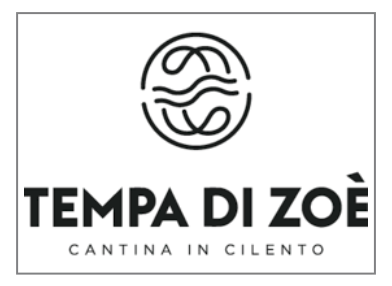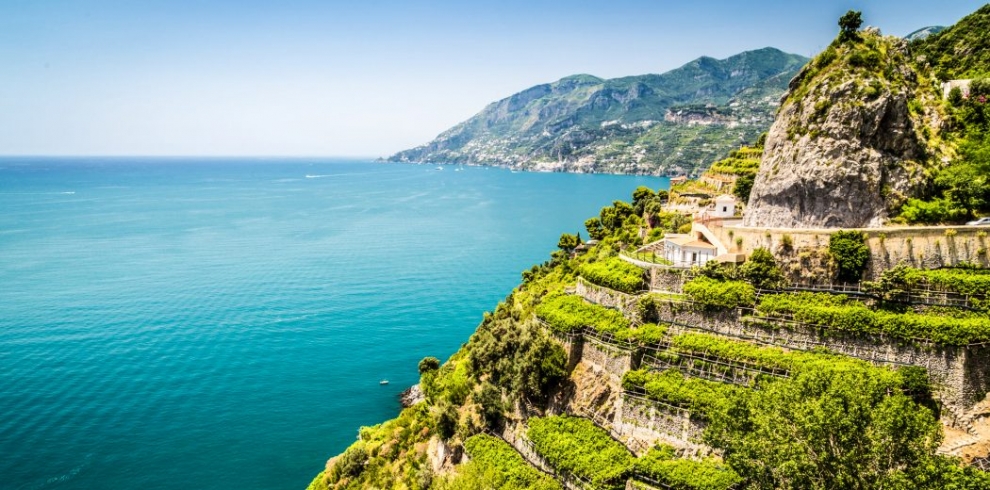Wines
Aglianico Diciotto igt
Diciotto is a Cilentan Aglianico from vines planted in 2003. Its name, which means “eighteen”, celebrates the eighteen years since the first harvest of Zero, the company’s first wine. The 1.4-hectare vineyard is at 150m above sea level, on the flysch typical of Cilento, rich in clay and limestone, which brings to life the unique and refined expression of this grape.
| Denomination | Campania Aglianico IGT. |
| Grapes | Aglianico. |
| Fermentation | Alcoholic fermentation and maceration in stainless steel tanks. |
| Maturation | Around 12 months in French durmast oak barriques. |
| Aging | At least 3 months in bottle. |
| Organoleptic Examination | Aglianico from the Cilento coast has a fascinating and spicy bouquet with myrtle, pepper and balsamic notes. Soft on the palate with delicate tannins. |
| Food Pairings | This wine goes perfectly with kid and land, steak and Neapolitan ragout. |

Tempa di Zoe
The name Tempa di Zoè refers not only to a physical place; it is, above all, a declaration of intent. “Tempa” is the word for the rolling hills of Cilento that stretch down to the sea from north to south. Zoè is the Greek word for the essence of life, the universal principle common to the animal, vegetable and mineral worlds.
Tempa di Zoè’s new project, Quattro Vigne – “four vineyards” – is founded on the work of four partners: the Campania winery Feudi di San Gregorio, Francesco Domini, Vincenzo D’Orta and Bruno De Conciliis.
They are united by the single goal of calling new attention to a land that is naturally excellent for wine: Cilento. This wine carries on the work begun by D’Orta and De Conciliis, now involving Feudi di San Gregorio and Francesco Domini, himself
intimately tied to Cilento, the land of his birth.

Campania
The ancient heritage of its vineyards and a great respect for tradition hold the key to Campania’s success in the world of wine. Instead of seeking out international markets by planting Cabernet Sauvignon, Merlot and Chardonnay, Campania’s winemakers have stayed true to their proud heritage of indigenous grapes that best reflect Campania’s terroir.
Campania’s wines were first enjoyed by the Romans whose proud tradition of producing Falernian from Aglianico grapes around Naples was reflected in other parts of the region.
They also produced a white wine that is thought to be related to the modern Falanghina. Wines made around Vesuvius and Avellino were similarly revered. Sometimes known as "The Barolo of the South", Taurasi and other exceptional reds from Falerno del Massico reflect the sheer potential of the grape. About 75% of Campania’s production is now DOCG, DOC and IGT wines.



